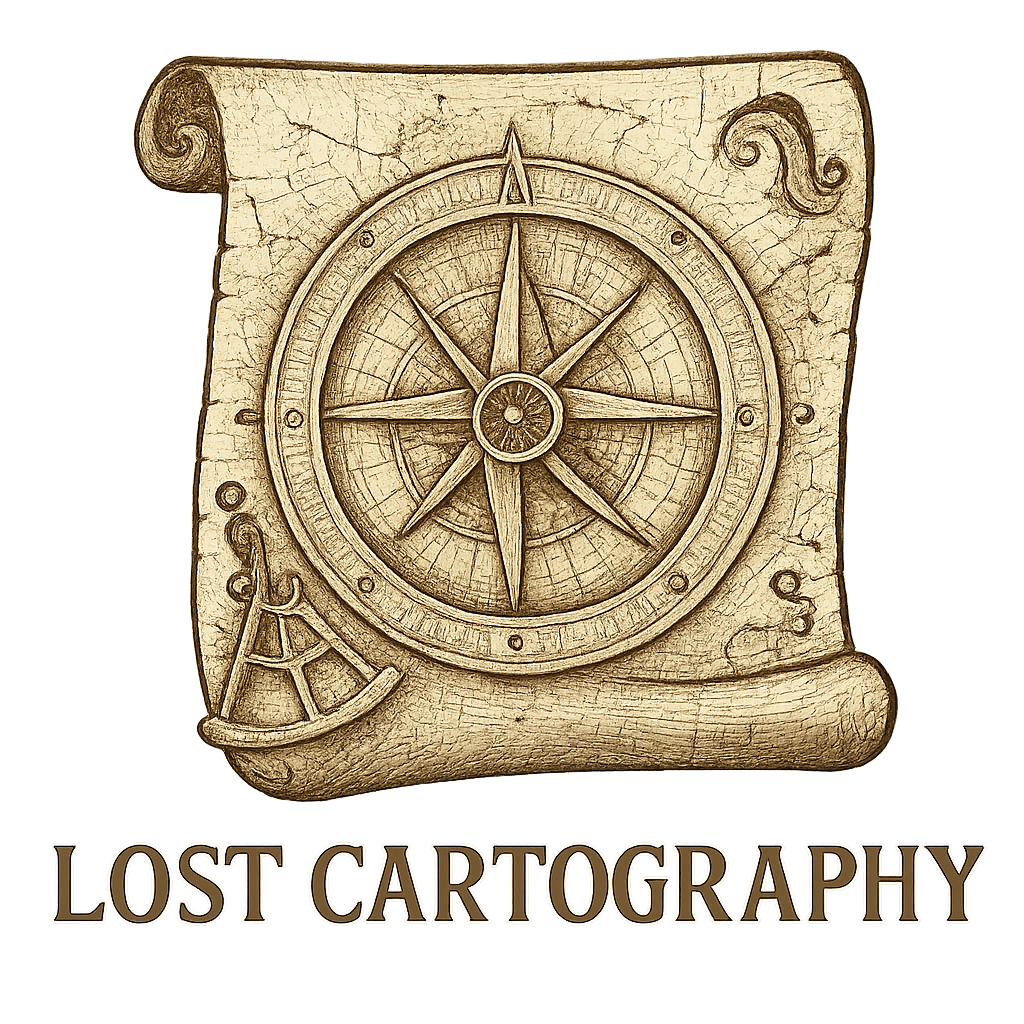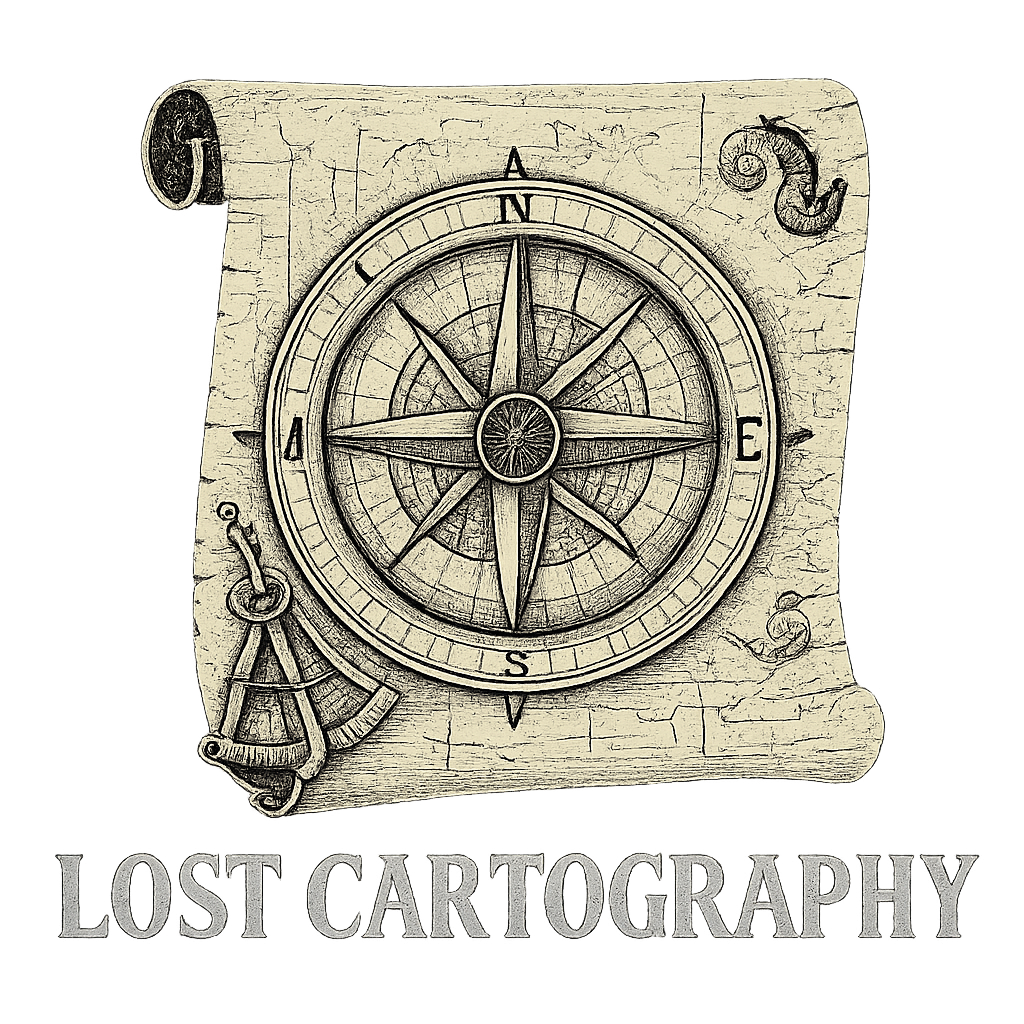Now Reading: Waldseemüller’s Map: America’s First Naming
-
01
Waldseemüller’s Map: America’s First Naming

Waldseemüller’s Map: America’s First Naming
In 1507, a groundbreaking cartographic masterpiece emerged from a small town in France – the Waldseemüller Map. This remarkable creation by Martin Waldseemüller marked a pivotal moment in history as the first known map to christen the New World with the name “America.”
The “Universalis Cosmographia” map revolutionized geography by depicting the Western Hemisphere as a separate landmass. The map reshaped cartography and transformed Europe’s understanding of global geography for centuries.
In this exploration of the Waldseemüller Map, we’ll uncover:
- The historical context of its creation during the Age of Exploration
- The fascinating story behind naming the continent “America”
- The map’s revolutionary impact on cartographic standards
- Its journey to recognition as a UNESCO World Heritage item
- The lasting influence on our modern understanding of global geography
The evolution of cartography can be traced through significant milestones like this one, which not only revolutionized map-making but also influenced how we perceive our world. The Waldseemüller Map is a testament to this evolution, and its story includes hidden messages, coded secrets that cartographers have embedded in their work over centuries, as explored in this article about hidden messages in maps.
Furthermore, for those who appreciate the artistry and historical significance of such maps, there are valuable insights on collecting and preserving antique maps that could prove beneficial.
The Age of Exploration and the Birth of a New Continent
The 15th and 16th centuries marked a transformative period in human history as European powers launched ambitious maritime expeditions across uncharted waters. This Age of Exploration saw nations like Portugal, Spain, England, and the Netherlands compete for new trade routes and territories.
Several factors drove this unprecedented era of discovery:
- The fall of Constantinople disrupted traditional trade routes to Asia
- Technological advances in shipbuilding and navigation
- The rise of centralized monarchies with resources for exploration
- Growing demand for spices and luxury goods from the East
Columbus’s Voyages: Unintended Discoveries
Christopher Columbus’s voyages between 1492-1504 initially aimed to find a western route to Asia. His expeditions instead revealed lands unknown to Europeans, though he maintained these were parts of Asia until his death.
Vespucci’s Expeditions: Challenging Assumptions
Amerigo Vespucci’s expeditions (1499-1504) proved pivotal in challenging this assumption. Through careful astronomical observations and mathematical calculations, Vespucci demonstrated these lands constituted a separate continent. His detailed letters describing the New World’s distinctive features – from its flora and fauna to indigenous peoples – circulated widely across Europe, reshaping geographical understanding.
A Shift in Worldview
This realization of a fourth continent sparked a dramatic shift in European worldview. The traditional tripartite division of the world into Europe, Asia, and Africa could no longer adequately describe global geography. These discoveries demanded new ways of representing and understanding Earth’s geography.
This set the stage for Waldseemüller’s groundbreaking cartographic work, which is known for creating some of the most valuable maps ever sold and developing ancient mapping techniques that significantly impacted navigation.
Cartographic Mysteries and Ancient Maps
Moreover, the cartographic mysteries that emerged during this period further enriched our understanding of geography. These maps not only served practical purposes but also reflected the empires’ aspirations and myths at that time. Additionally, some ancient maps changed the world, influencing how we perceive our planet today.
The Creation of the Waldseemüller Map
In 1507, in the quiet town of St. Dié, France, Martin Waldseemüller and his colleague Matthias Ringmann set out to create an ambitious project – the Universalis Cosmographia. This groundbreaking map consisted of twelve woodcut prints that, when put together, formed a massive wall map measuring 4.5 by 8 feet.

How the Waldseemüller Map Was Made
The creation process involved:
- Gathering sailing charts and navigational data
- Studying travelers’ accounts and earlier maps
- Using innovative printing techniques with woodblocks
- Applying the latest mathematical and astronomical calculations
Waldseemüller’s masterpiece represented a significant improvement in map accuracy. The map included precise latitude measurements and used the Ptolemaic coordinate system, moving away from medieval mapping traditions.
Sources of Information for the Map
The Universalis Cosmographia combined information from various sources:
- Portuguese maritime charts
- Ptolemy’s Geography
- Vespucci’s published letters
- Reports from Portuguese and Spanish explorers
The decision to create the map in St. Dié was strategic, as it allowed access to important trading routes and intellectual networks. This location enabled Waldseemüller to gather the most up-to-date geographical information from merchants and travelers passing through the area.
Innovations in Cartography
Working with a group of scholars and craftsmen, Waldseemüller developed new methods for representing spherical geography on a flat surface. One such method was an innovative cordiform projection that would have a lasting impact on future cartographers.
The Naming of America: A Controversial Choice
Waldseemüller’s decision to name the newly discovered lands “America” marked a pivotal moment in cartographic history. The choice stemmed from his deep admiration for Amerigo Vespucci’s detailed accounts of his voyages to the New World between 1497 and 1504. Unlike Columbus’s early reports, Vespucci’s letters provided compelling evidence that these lands constituted a previously unknown continent.
In his accompanying text, Cosmographiae Introductio, Waldseemüller justified his naming choice:
Now these parts have been more extensively explored and another fourth part has been discovered by Amerigo Vespucci… I do not see what right anyone would have to object to calling this part America, after Amerigo, who discovered it.
This decision sparked immediate debate within European intellectual circles. Historical records show that some scholars questioned whether Vespucci deserved this honor over Columbus. The feminine form “America” aligned with the traditional naming of continents after women – Europa, Asia, Africa – creating a linguistic symmetry that helped cement its acceptance.
The name’s adoption transformed European perceptions of the New World. By giving these lands a distinct identity separate from Asia, Waldseemüller’s map challenged the prevailing Columbian view of reaching the East Indies. This naming convention spread rapidly through academic circles, appearing in subsequent maps and geographical texts, solidifying “America” as the continent’s permanent designation.
Revolutionizing Cartography: The Lasting Impact of Waldseemüller’s Map
Waldseemüller’s 1507 map sparked a cartographic revolution that redefined global geography standards. The map’s groundbreaking depiction of the Western Hemisphere as a distinct landmass separated from Asia challenged existing geographical assumptions and established new mapping conventions.

The map introduced several innovative features that became standard practices in cartography:
- Spherical Projection: A unique double-cordiform (heart-shaped) projection that accurately represented Earth’s curvature
- Latitude and Longitude Grid: Precise coordinate system for navigation
- Separate Oceans: First clear distinction between the Atlantic and Pacific Oceans
- Continental Division: Four-part division of the world into Europe, Asia, Africa, and America
These revolutionary elements influenced generations of cartographers. According to the Library of Congress, the map’s impact extended well into the 18th century, with numerous mapmakers adopting Waldseemüller’s innovative techniques and geographical interpretations.
The map’s scientific approach to cartography set new standards for accuracy and detail. Research from the Smithsonian Institution highlights how Waldseemüller’s work transformed mapmaking from an artistic endeavor into a more precise scientific discipline.
This cartographic masterpiece inspired a new generation of maps that prioritized geographical accuracy over decorative elements. Notable cartographers like Gerardus Mercator and Abraham Ortelius built upon Waldseemüller’s foundation, creating increasingly sophisticated representations of the known world.
Preserving History: The Journey of Waldseemüller’s Map to Modern Recognition
The only surviving copy of Waldseemüller’s groundbreaking map is kept in the [Library of Congress](https://www.loc.gov/rr/geogmap/waldexh.html) in Washington, D.C. This valuable artifact has gone through an incredible journey over time, changing owners several times before it was bought by the Library in 2003 for $10 million – the highest amount ever paid for a single map.
How the Map is Preserved
To ensure its preservation, the map requires careful handling. It is stored in a specially designed vault that maintains a consistent temperature, and it receives regular conservation treatments to prevent any damage. The experts at the Library use advanced digital imaging techniques to capture every detail of the fragile document while minimizing direct contact with it.
The Map’s Historical Significance
In 2005, the map was recognized for its exceptional historical importance and was included in the [UNESCO Memory of the World Register](https://en.unesco.org/programme/mow). This acknowledgment highlights its significant contribution to global geographic understanding and places Waldseemüller’s creation among humanity’s most valuable documentary heritage items.
The Discovery of the Map
In 1901, Prince Johannes Waldburg-Wolfegg found the map in his family’s castle archives in Germany. This discovery reignited interest in the document’s historical significance, leading to extensive research and documentation efforts.
Accessing the Map Today
Currently, the Library of Congress offers public access to this cartographic masterpiece through high-resolution digital scans. This allows scholars and enthusiasts from around the world to study the map while ensuring its physical preservation for future generations.
Conclusion: Embracing Our Cartographic Heritage
The Waldseemüller map is a testament to human curiosity and innovation in cartography. This remarkable document did more than simply name America – it changed how generations would see and understand our world. The power of naming shapes reality itself, as shown by how quickly “America” became the accepted term for the New World.
Today’s digital mapping technologies are built on the same principles as earlier works like Waldseemüller’s masterpiece. These historical maps connect the past and present, offering valuable insights into how our understanding of geography has changed over time. By studying these cartographic treasures, we gain a deeper appreciation for the complex relationship between human exploration, scientific advancement, and the art of mapmaking.
The legacy of Waldseemüller’s map reminds us that every map tells a story – not just of places and spaces, but of human ambition, discovery, and the ongoing quest to understand our place in the world.

























